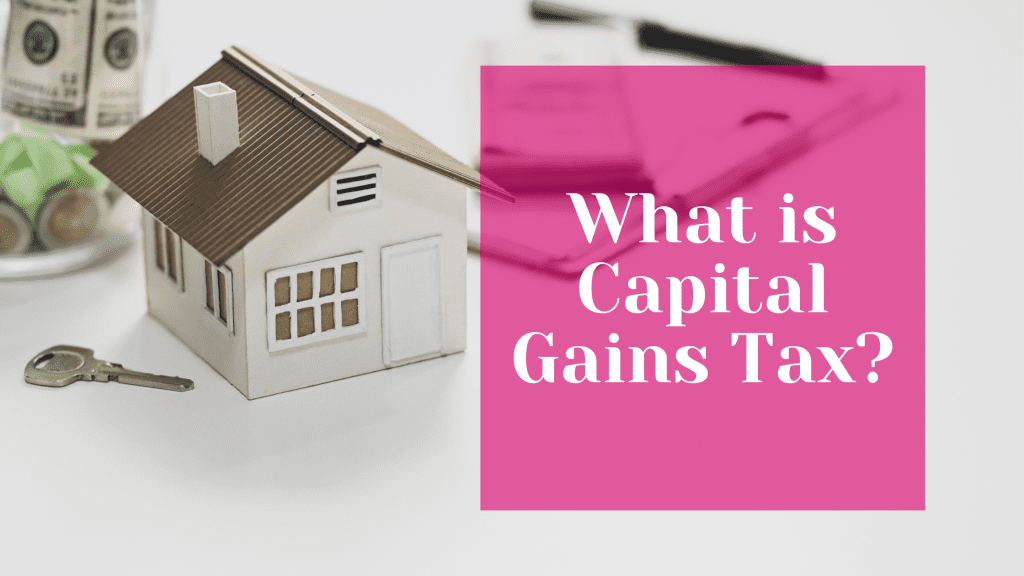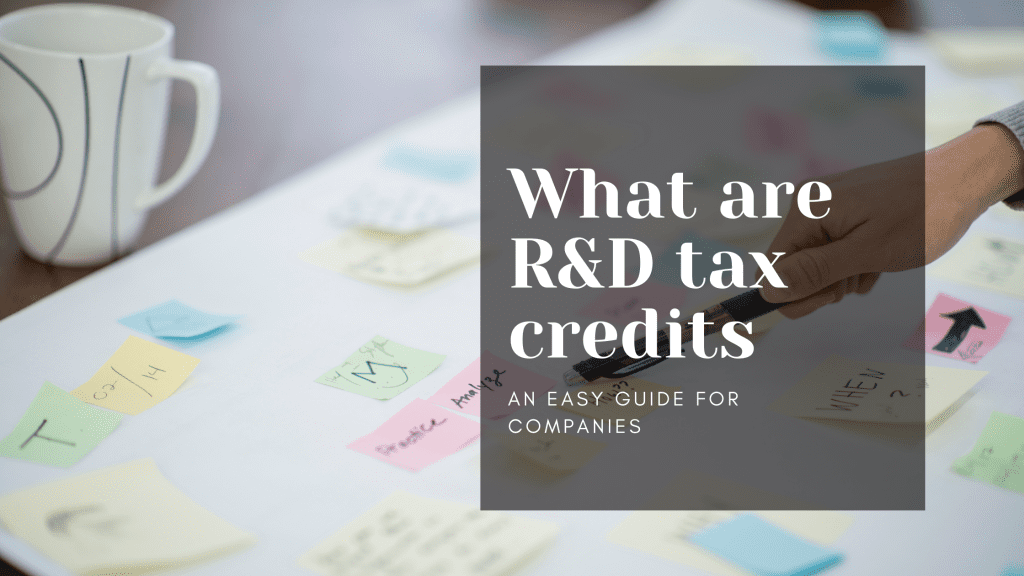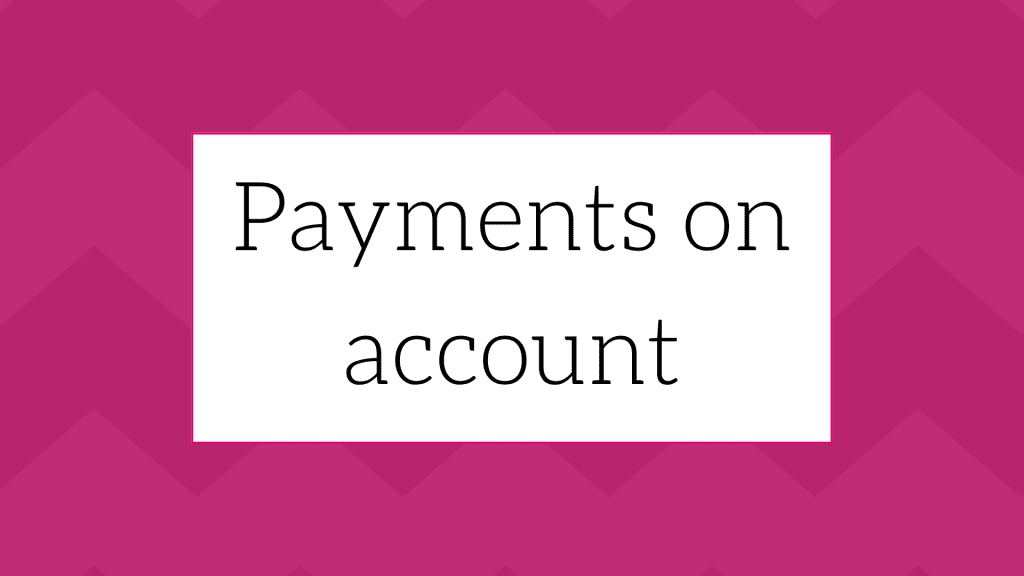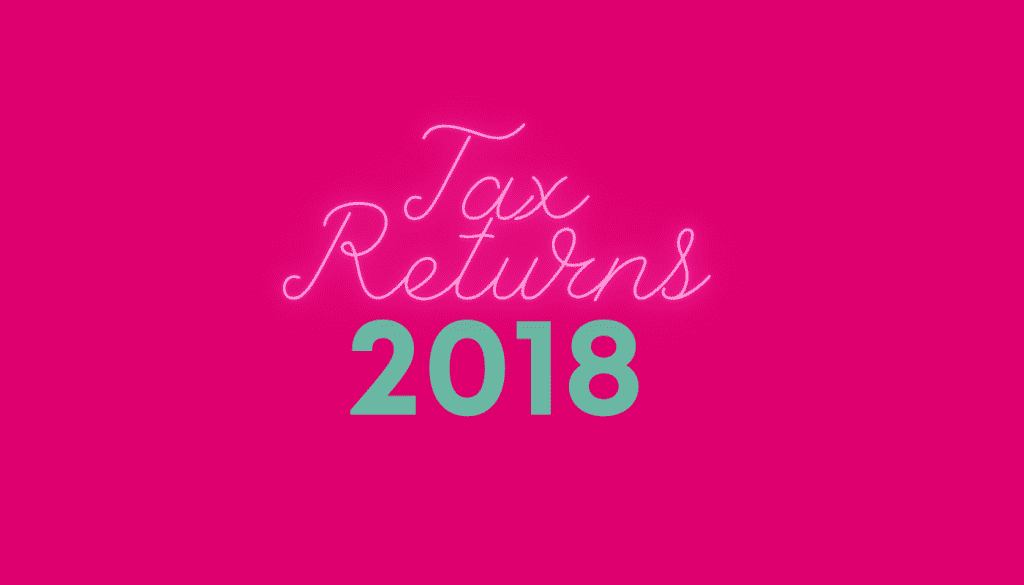
Capital gains tax (CGT) is a crucial concept for anyone selling assets like property or stocks in the UK. This blog breaks down the essentials of CGT, explaining how it works, the current tax rates, and strategies to minimise your tax bill. Whether you’re a seasoned investor or a newcomer, understanding CGT can help you make informed financial decisions and save money. Read on to learn more about how to calculate your gains, use your annual exemptions, and take advantage of tax reliefs available to you. Stay informed and manage your investments wisely with our easy-to-understand guide.









